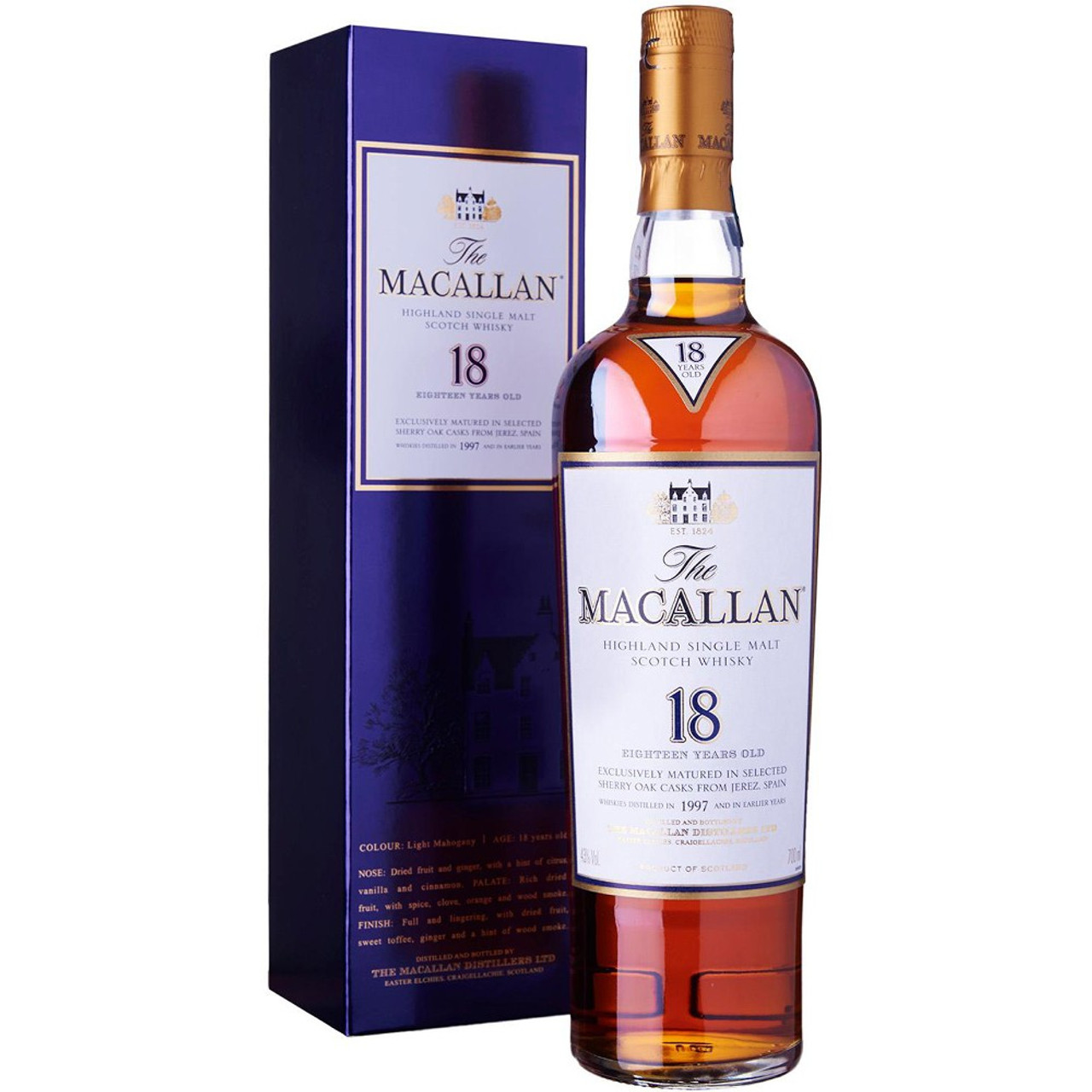

Look at it this way, The Balvenie generally starts at $50 to $60 per bottle (depending on your state’s taxes). And that’s the beauty of these blends, you’re getting an introduction to other scotches by drinking the blends made from those more expensive and iconic brands. This feels like a great way to get a vibe for more expensive single malts from Glenfiddich and the iconic and much-sought-after The Balvenie (more on that later). The end is short and sweet with a nice lightness that really makes this very drinkable. The taste delivers on those notes by amping the spices up to Christmas cake territory with a slight tart berry edge next to that cream soda sweetness. There’s a nice welcoming note of creamy vanilla that almost becomes cream soda, next to hints of zesty orange marmalade, malts, and dark spices. The juice is then rested for up to six months after blending to let it mellow even more before proofing and bottling. The juice is drawn from the William Grant & Sons distilleries, focusing on Kininvie, Glenfiddich, and The Balvenie. This Speyside blend is crafted as a workhorse whisky. Try it neat, with water, on the rocks, in a highball, in your favorite cocktail, in your coffee, drink it however you like to drink whisky. Again, don’t be precious about a $50 bottle of scotch. This expression from Speyside over-delivers on the palate, with a refinement that’s not seen in bottles twice this price. On the flip side of the above, a powerfully sweet and fruity single malt is also a necessary stepping stone to understanding all that Scotland’s whisky scene has to offer. It’s also very light and approachable while still feeling like a solid whisky. That leads towards a very easy and soft woodiness with a touch of candied pear and more vanilla cream.

This dram is creamy like a vanilla pudding with a bright pear orchard and some mild toffee. The juice is aged in a combination of used American and European oak before it’s married, rested, proofed with Speyside’s iconic water, and bottled. This is an entry whisky not only to Speyside but to single malts in general. Moreover, if you’re curious about iodine-heavy peat monsters, this is the right way to plunge into that category. A $50 bottle of booze isn’t special enough to be precious about (ever). Laphroaig 10 remains the damn-near perfect entry point to the island’s vibe while being inexpensive enough to just try. When it comes to Islay peated malts, the sky is the limit in price and variation of flavors. The end really amps up the smokiness while holding onto the iodine of the sea with a final note of salted toffee. The palate holds onto the smoke while adding a wet seaweed brininess next to hints of vanilla cream, peppery spice, and soft oak. The smoke is what greets you with a hint of fruity wood, creating an almost sweet smoke next to a hint of anise and maybe some Band-Aid scent (not in a bad way!). The craft behind this whisky is a blend of the unique Islay peat (used to smoke the malts) and the influence of the sea, which laps at the distillery’s outer walls. This might be one of the most “classic” Islay smoky whiskies on the shelf.

For instance, there are plenty of single malts Scotch whiskies that are mediocre at best. There are so many pre-conceived conceptions about the preciousness of Scotch whisky that it’s hard to really know what’s what sometimes. That makes value pretty damn important, but that also makes it pretty freakin’ subjective. side of the pond than it is over in Europe. The juice from Scotland is just flat-out more expensive on the U.S. Finding the best value-for-dollar Scotch whisky is no easy task.


 0 kommentar(er)
0 kommentar(er)
